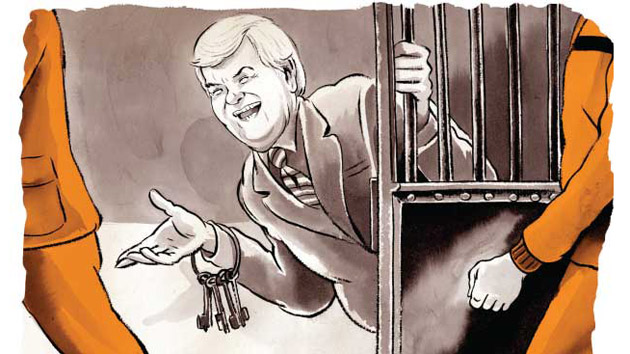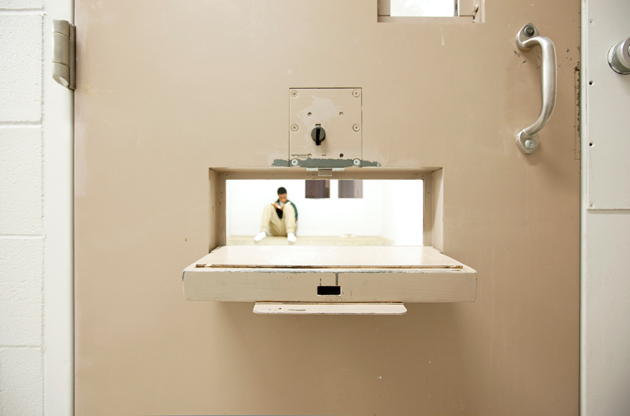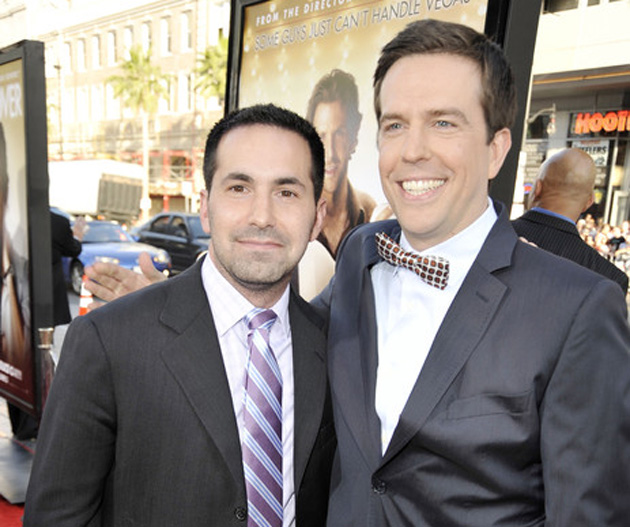Somewhere along the line, our justice system lost sight of the fact that prisoners are just people, and that most people are capable of redemption. Yes, there are some who probably should be locked away for life, but I would imagine that’s a small minority. As for the rest, holding them indefinitely does nobody any good. Plenty of prisoners are desperate to change, to get out and make a positive contribution, given the opportunity. But dumping a parolee back onto the streets with no education or prospects or support network or realistic means of earning a living is hardly a second chance.
That’s where movie producer Scott Budnick comes in. He’s been volunteering and creating youth education programs in California prisons since long before the Hangover franchise made him a Hollywood player. Last month, his nonprofit Anti-Recidivism Coalition teamed up with the Ford Foundation to host an event that was certainly a first: a TEDx conference inside a state penitentiary, with hundreds in attendance.
Ironwood State Prison resident Steven Duby served as MC for a bill that kicked off with Budnick interviewing Sir Richard Branson about the importance of, yes, second chances. (Branson once spent a day in “prison,” he said, for failing to pay taxes. His mother was able to bail him out by mortgaging her house, Branson added, but not everyone has it so easy.) Among the acts was Illinois therapist and motivational speaker Sean Stephenson (below), who held the prisoners rapt with his tale of overcoming adversity. “When I was born, the doctors told my parents I would be dead within the first 24 hours of my life,” he began. “Thirty-five years later, all those doctors are dead, and I am the only doctor that remains!”
The program included poetry and music, a performance by Jabbawockeez, the winners of MTV’s America’s Greatest Dance Crew, and talks by the likes of CSI: NY actor Hill Harper, astrophysicist former Secretary of Corrections Matt Cate, and a reform-minded congressman whose retelling of his personal story is pretty moving. He actually kneels on the stage. Watch:
But it wasn’t the big names that made the event special. It was the no-names—the prisoners, and even some guards, who had the courage to share their insights and experiences, sing a Native American healing song, or make an economic case for allowing inmates to take college courses. “The purpose,” Budnick explains via email, “was to bring hope and inspiration to the inmates, to highlight the incredible rehabilitative and college programs at Ironwood Prison, and to show the infinite possibilities in the lives of prisoners if both they and caring, moral members of society invest and believe in their success and transformation.”
Up top, for example, is Rocky Thomas talking about the power of sharing personal stories. Below is Sean Wilson on facing fear. For good measure, I’ve also included a clip of correctional officer Calvin Williams on the importance of being a father, because it’s not often we get to see prison guards as human beings, either.
















